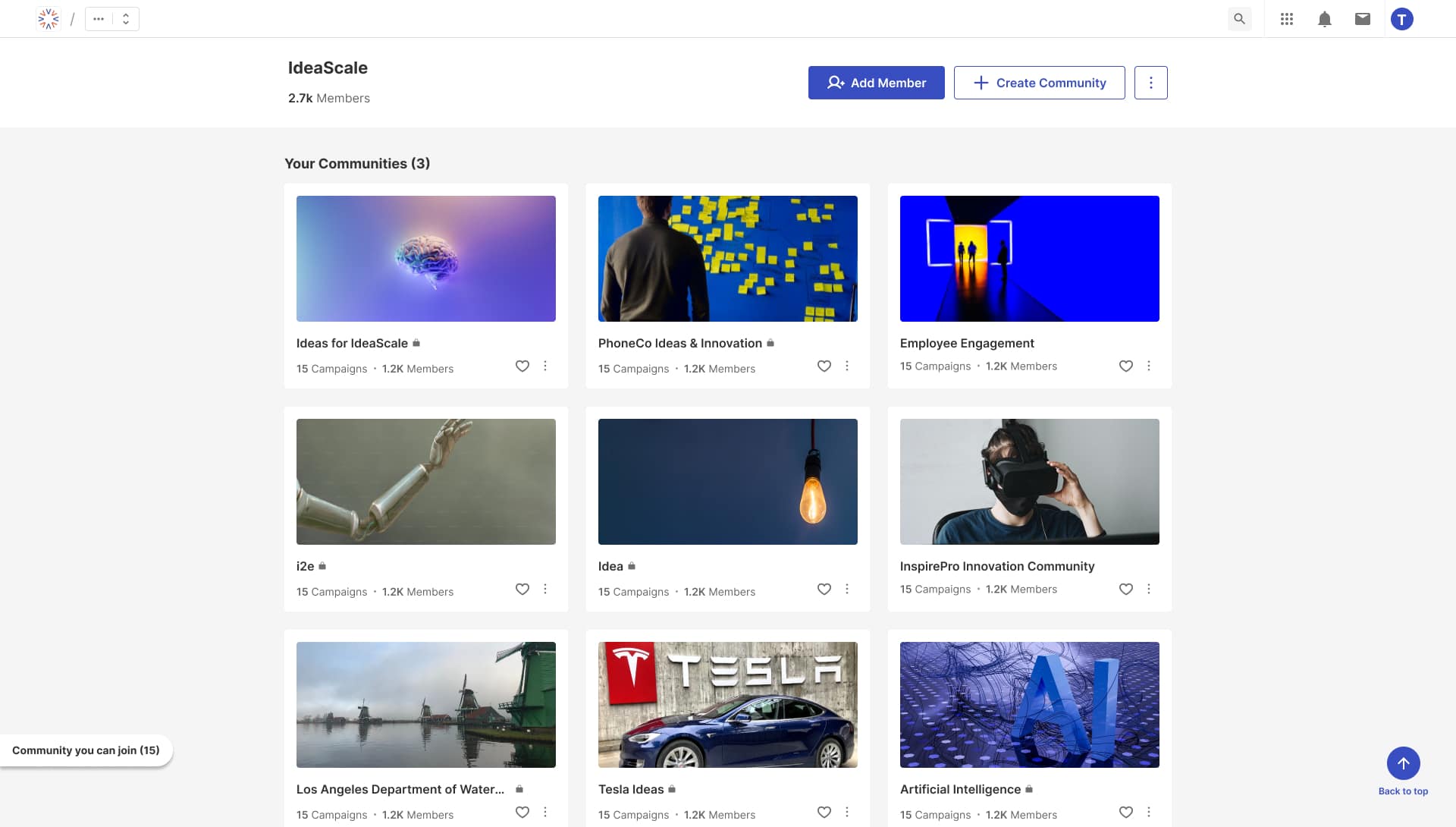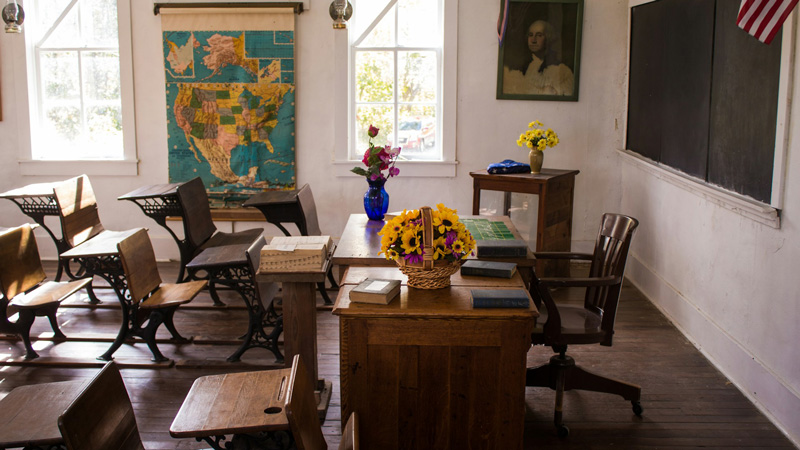Pandemics are a worst-case scenario for governments. To limit death and damage, political rivals must set aside their beliefs and animosities. Innovation strategy, often quickly and carefully applied, can save lives. One of the more fatal recent outbreaks serves as a case study of just what happens when you do it “the way we’ve always done it.”
When It Goes Wrong
The 2014 outbreak of Ebola in the Democratic Republic of the Congo is a classic case of things going wrong from the ground up. The World Health Organization (WHO) followed a standard protocol. Since Ebola spreads through bodily fluids, the organization came in and seized control of the situation. Besides, they isolate the sufferers and the possible infected from family and friends and quickly dispose of the bodies.
Unfortunately, this protocol was not fully explained to the people experiencing the outbreak. Further, nobody in the WHO had bothered to understand local burial customs (which included washing the dead before burial) or to communicate fully with the community. To the Congolese, it seemed their family members were being abducted. Never to be seen again, and their bodies disgraced.
The result was a nightmare, with over 28,000 infected. Nearly 12,000 died, as people refused to bring their relatives to the hospital and doctors fought a losing battle between tradition and safety. The one good side effect? It doesn’t need to happen again. Lessons can be learned even from tragic circumstances.

How Innovation Can Help
How could an innovation strategy have helped both the WHO and the Congolese government in such a dire situation? First, a good innovation strategy would have encouraged stakeholders to get together quickly. And also talk about how they were planning to control the outbreak. If the WHO had simply spoken to a few leaders in the community, told them what was involved, and listened to their feedback. They could have altered their plan to fit the community.
Second, that strategy would have tapped into those stakeholders for solutions. There was no scenario where the traditional burial rites were. For example, could be respected; it was simply too dangerous. However, there may have been the possibility of arranging a compromise. So that the community was willing to accept if everyone at the table had been willing to work on it.
Finally, an innovation strategy would have prevented the WHO from making assumptions. One of the fundamental problems with the WHO’s response was that it had “worked before”. Because it was done in a nation where most of the medical personnel spoke the local language, understood the customs, and had a strong degree of shared culture in place. This enables a sort of shorthand, right down to the meaning of symbols on signs.
West Africa was a substantially different region without those advantages. If the WHO team had been able to take stock of the reality of the situation before plunging in to help, many of the tragedies that occurred may have been prevented.
Government’s Role in Innovation During a Pandemic
While it may feel like armchair quarterbacking to look back at the WHO’s Ebola response. The truth is that the lessons it teaches apply today to governments facing a pandemic like COVID-19.
Lesson #1 – Respond quickly: The quick response of WHO did ultimately keep a very dangerous disease from killing far more people than it did. Having protocols in place helped the WHO respond in a timely way.
Lesson #2 – Respond appropriately: While a quick response is important, getting buy-in from local citizens and government leaders is also important. Rather than relying solely on set protocols to address a situation, it is a better practice to assess each crisis independently, using innovative strategies to tailor set protocols to local circumstances.
Lesson #3 – Continue to innovate beyond crisis management: In times of crisis, it can be easy for governmental agencies to rely solely on doing what’s always been done. However, the reality is that today’s world is different from the world in which many disaster protocols were created. Therefore, it falls upon governments and their citizenry to find innovative ways to handle a crisis and move into recovery.
Most Recent Posts
Explore the latest innovation insights and trends with our recent blog posts.














